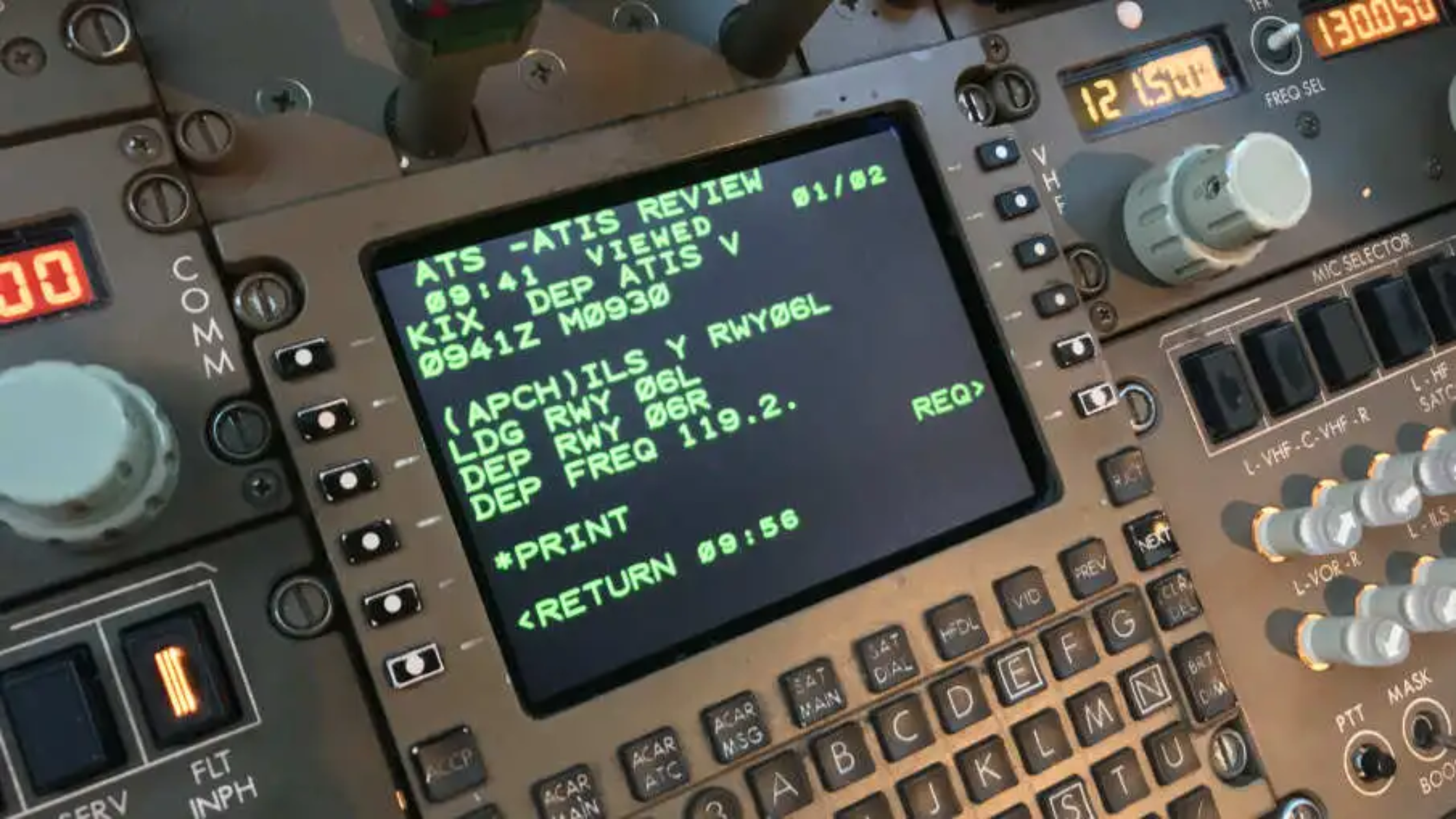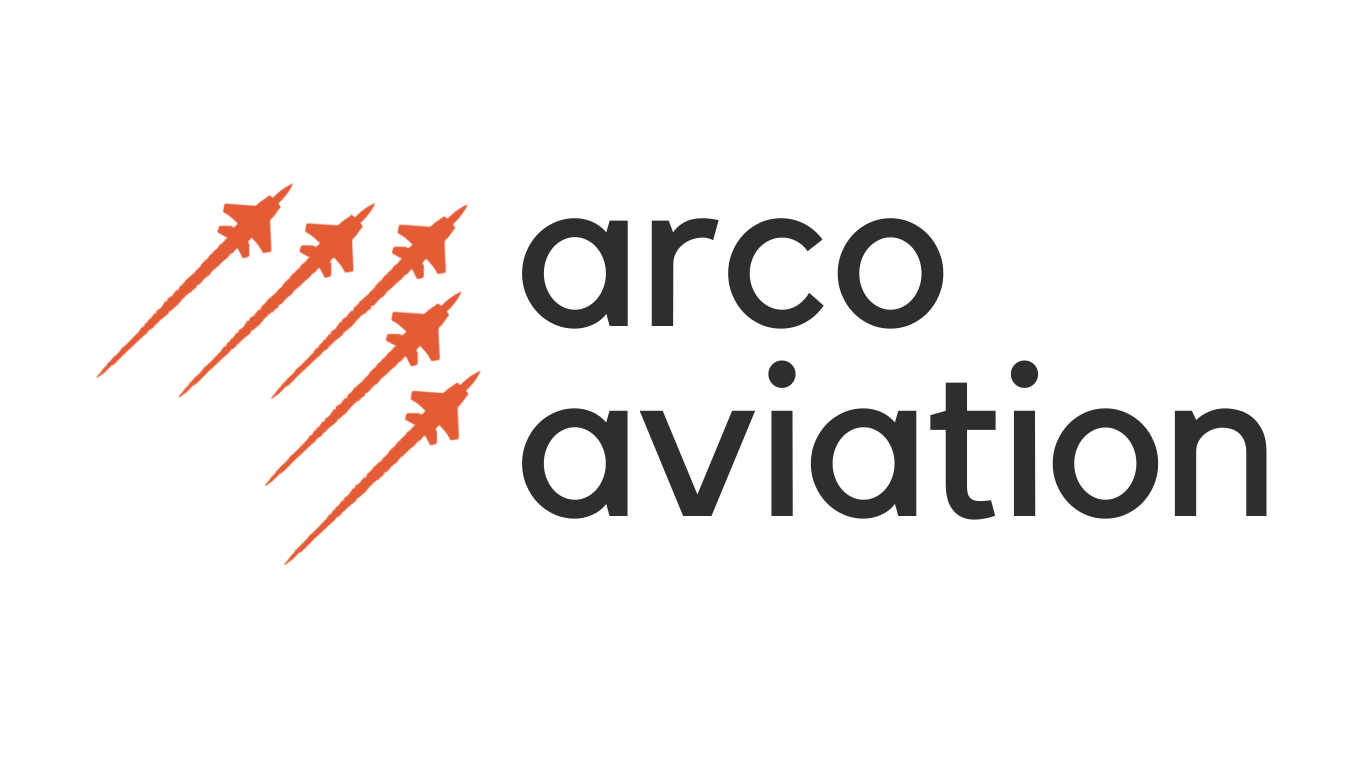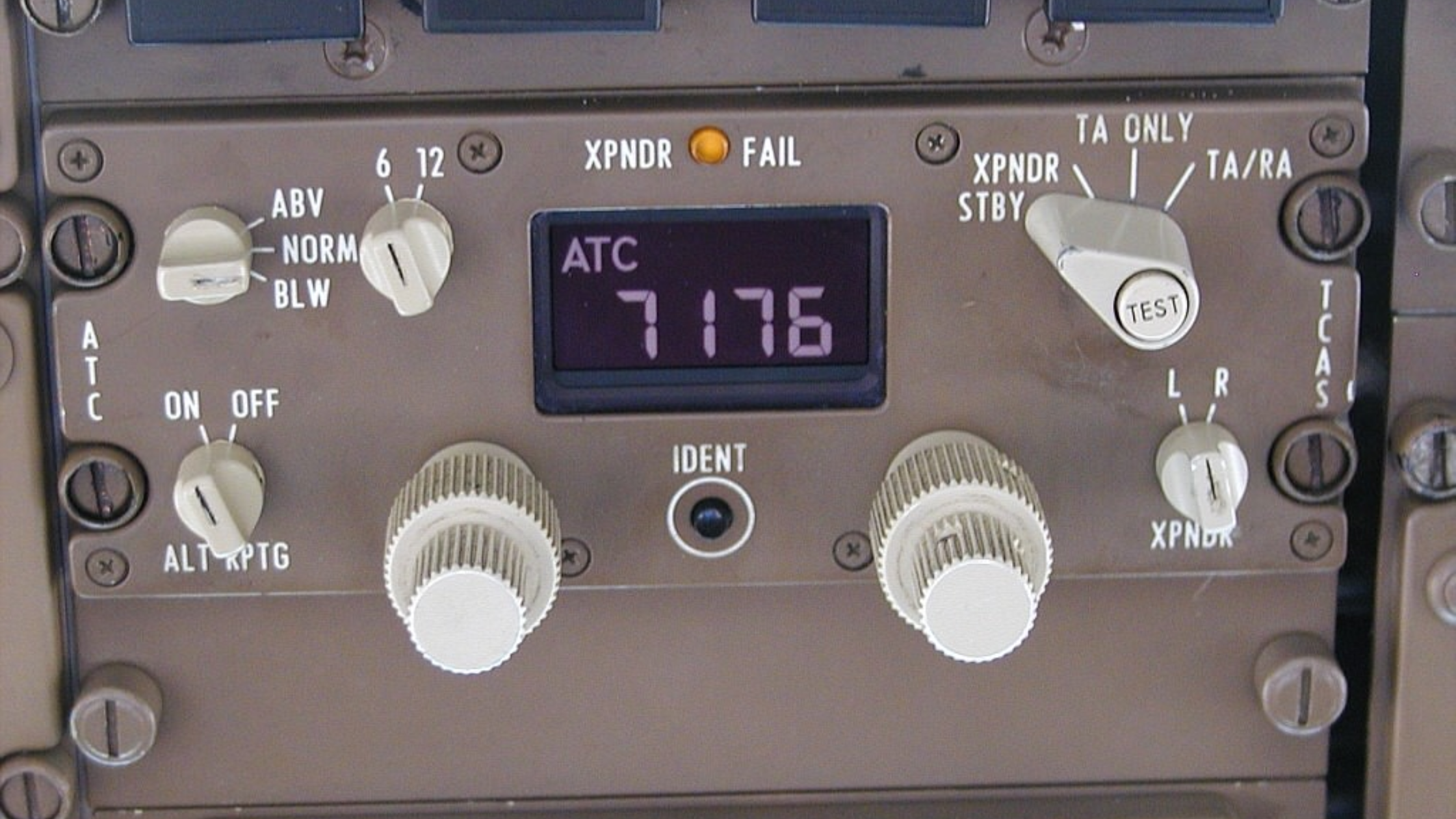
What is ATIS and how does it work?
Alright, let’s talk ATIS. If you’ve spent any time listening to aircraft radios, you’ve probably heard the crackly, robotic voice reeling off a weather update somewhere in the background. That’s ATIS – the Automatic Terminal Information Service. It’s one of those bits of aviation that’s always there, quietly doing its job, but for new pilots and enthusiasts, it can sound like a bit of a cryptic puzzle at first.
Here at Arco Aviation, we love diving into the stuff that helps demystify flying – so here’s everything you need to know about ATIS, what it means, and why it’s worth paying attention to.
What Is ATIS?
Simply put, ATIS is a continuous broadcast of essential information at larger airports. It gives you the latest weather, runway in use, any important NOTAMs (Notices to Airmen), and general airfield info.
Why? Because it stops every single pilot from having to clog up the radio asking Air Traffic Control the same questions over and over again.
Instead, you tune in to the ATIS frequency, scribble down what you need, and then when you talk to ATC, you just say you’ve "got Information Charlie" (or whichever letter they’re on). Job done.
How Does It Work?
ATIS updates throughout the day – especially when something changes, like a runway swap or a new weather report. Each version is assigned a phonetic letter, starting with Alpha. Once Alpha’s broadcast has been running for a bit and there’s a change, it becomes Bravo, then Charlie, and so on.
You’ll hear something like this when you tune in:
"London Gatwick Information Bravo. Time 1320 Zulu. Runway in use 26L. Surface wind 240 degrees 10 knots. Visibility 10 kilometres. Few clouds at 1500 feet. Temperature 18, Dew Point 12. QNH 1018. Transition Level FL70. Arrivals expect vectors for ILS approach runway 26L. Advise on initial contact you have Information Bravo."
And that’s it – weather, runway, anything else important, then a reminder to tell ATC you’ve got the latest info.
What Does It All Mean?
Alright, let’s break it down:
- Information Bravo (or whatever letter it is): The version of the broadcast. It helps ATC know you’re up to date.
- Time 1320 Zulu: The report was made at 1320 UTC (Zulu). Everything runs on Zulu time in aviation to keep it simple.
- Runway in use: Which runway you’re likely going to land on or depart from.
- Surface wind: Direction (from) and speed. Critical for working out your crosswind component.
- Visibility: Obvious one – how far you can see. Big player in VFR flying.
- Clouds: Cloud base and coverage – handy if you’re flying VFR.
- Temperature and Dew Point: Good for checking density altitude and seeing how close you are to fog or mist forming (when those two numbers get close).
- QNH: The altimeter pressure setting for sea level. Set it, and your altimeter reads your altitude above mean sea level.
- Transition Level: Where you switch from altitude to flight levels. Only really affects you if you’re going a bit higher.
- Approach information: Sometimes they’ll throw in arrival procedures or things to expect.
Why Is ATIS Important?
If you’re learning to fly, ATIS is one of those things that helps you sound like you know what you’re doing on the radio. More importantly, it’s about situational awareness. You know what the wind’s doing, which runway is active, and any temporary hazards – all before you even key up the mic.
Plus, ATC will assume you’ve listened. If you haven’t, you’ll waste everyone’s time asking for stuff that’s already been broadcast. And let’s be honest, nobody wants to be that pilot.
Tips for Picking Up ATIS
- Tune in early: Before calling up ground or tower, get the ATIS sorted. Saves faff later.
- Write it down: Seriously – don’t try and memorise it. Jot down wind, QNH, runway, and the info letter.
- Practice decoding: The more you listen, the more natural it’ll feel. Try tuning into a busy airport next time you’re near a radio or use online ATC streams.
Fun Fact – Why the Robot Voice?
You’ll notice some ATIS broadcasts sound a bit... robotic. That’s because many are computer-generated these days. Saves a human re-recording it every hour and keeps the delivery consistent – even if it does sound a bit like a bored sat-nav.
So, What’s the Takeaway?
ATIS might sound dry, but it’s absolutely vital. It keeps everyone in the loop, prevents radio congestion, and helps you plan your approach or departure without nasty surprises. Plus, once you start flying regularly, you’ll get a weird little buzz from tuning in and knowing exactly what’s going on – it’s one of those things that makes flying feel real.
If you’re training or just an enthusiast, try listening to ATIS recordings or streaming live ATC. It’s a great way to get comfortable with the language of aviation.
Happy flying from all of us at Arco Aviation – your online shop for pilot gear and aviation gifts. Whether you’re on the ground or in the air, we’ve got your six.


